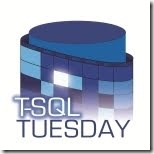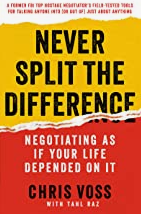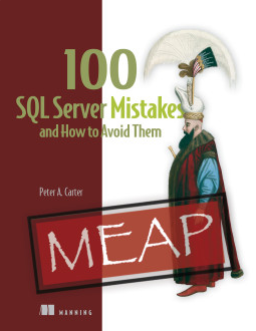 It’s T-SQL Tuesday time again, and this is my post for #33. The host is Mike Fal and his topic is Trick Shots, which is an interesting one. I’m not a tricky guy, and I tend to lean towards common, practical approaches to problems. I’m not sure this post will be great, but I like participating, and so I will.
It’s T-SQL Tuesday time again, and this is my post for #33. The host is Mike Fal and his topic is Trick Shots, which is an interesting one. I’m not a tricky guy, and I tend to lean towards common, practical approaches to problems. I’m not sure this post will be great, but I like participating, and so I will.
The T-SQL Tuesday blog party takes place every month, and if you’d like to host, contact the originator, Adam Machanic(b|t) .
Tricks Shots
Once upon a time, I was a DBA. I worked with a number of developers who were, how can I say this politely, not terribly careful about which objects they changed or added. It was understandable since they had jobs and work to get done. However I was responsible for deploying their changes to our QA, and ultimately production, servers.
Not knowing what to deploy is a pain. It leads to mistakes, broken features, and more importantly, long hours from me trying to determine what changed objects went with which features. Since I also want to deploy the same code to production as QA, I want to smooth out this deployment process as much as possible.
Back in 2000/2001, we didn’t have SQL Source Control tracking changes by individuals. We had to manually check in and out of our VCS for all database changes, which was not a habit most developers had built. As a result, we would constantly have new objects appear, and old ones changed as developers needed to meet new requirements. I tried to handle all the database development work, but there were times I couldn’t keep up.
As you might expect, when deployment time came, we had a lot of objects in the development database that weren’t in the production database. SQL Compare made it easy to find out which objects were different, but the problem we faced was that not all changes would be deployed at once. We needed specific code changes linked to specific objects, which wasn’t a simple task with 10-12 developers.
A few months of mad scrambles to track down objects and try to meet our weekly QA and deployment goals had me working on a better solution. There had to be a way in the SQL Server metadata to track changes to objects. I dug around the SQL Server 2000 sysobjects views and found a creation date, but not an alteration date. However I did find a version number that was undocumented, but incremented on ever ALTER of an object.
Using this information, I build a process that would capture the state of all objects in a table, and then compare this to the current state of sysobjects, returning differences to me. I built this as an hourly report, and had it send changes to me. This didn’t prevent changes, but it allowed me to quickly track down what had changed, and send a note to the developer to link this to a particular item in our project plan. A few minutes an hour (with no changes many hours), let me break out the database changes into a deployment project for the next week.
The Trick
The trick in this case was finding information I needed from SQL Server that wasn’t documented. It doesn’t apply any more and the metadata in SQL Server 2005 and later has grown so much that you can more easily find changes.
What I Learned
I learned a few things here. First, I could build my own systems on the SQL Server platform to help me out. I didn’t need to depend on what Microsoft provided, if I needed something different. This led me to view the management and administration of the instance as just another application. One I built on top of the platform the same as my developers.
This also taught me that I needed to be like the reed, flexing and bending to survive in situations. My developers were willing to work with me, but they were human, and they had other priorities. I needed to work with them and get along, adapting some of my ideas and needs to work with them. I did get them to work on manual check ins and outs, but they slipped up, and my system helped both catch those mistakes, and remind them in a gentle way. My emails asking to link an object change to the project never complained they missed something, but they realized the reason I sent it and it helped reinforce the habit of checking objects out of VCS before editing them.





The host is Mike Fal 🙂
LikeLike
Doh! corrected
LikeLike